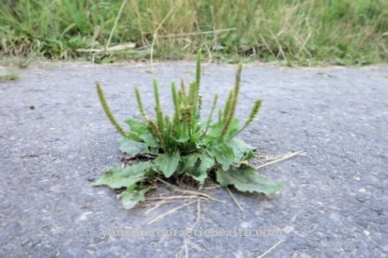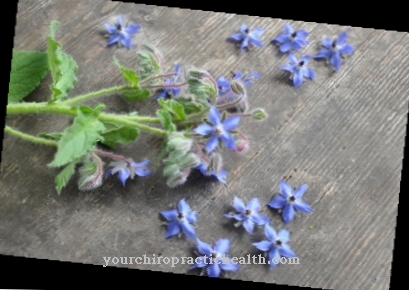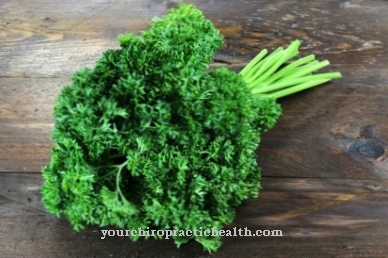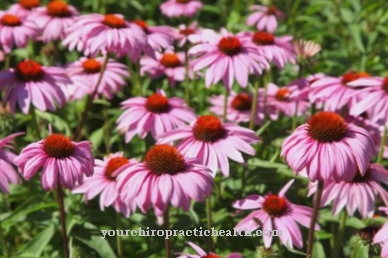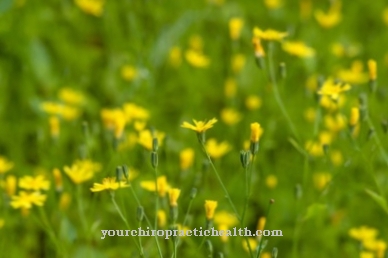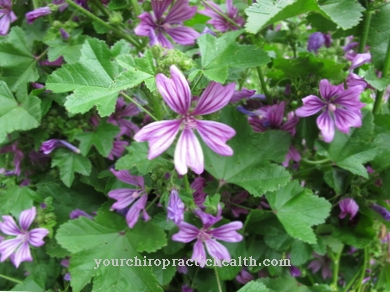The chamomile, whose botanical name is Matricaria recutita, is one of the most widely used medicinal plants.
Occurrence & cultivation of chamomile

Originally the chamomile, the stems of which can be up to 80 centimeters high, only in southern Europe. In the meantime, however, chamomile can be found almost everywhere in Europe.
In North America and on the Australian continent, chamomile also grows mainly in barren locations. In Germany, this grows unhindered along the roadside and in fields and is often referred to by farmers as "bad weeds" because it can hardly be eradicated. The chamomile blooms in May and June.
The chamomile flower is characteristically white - if you rub the petals lightly against each other, an aromatic scent develops. In the vernacular, chamomile is also known as motherwort or grief flower.
Effect & application
For thousands of years the chamomile used as a medicinal plant. The ancient Egyptians called this "flower of the sun god" and the Greeks and Romans also appreciated the positive properties of chamomile. Today, the medicinal properties of chamomile are medically proven.
Chamomile was mainly used in gynecology. Already in the Middle Ages these women who had recently given birth helped - to this day nothing has changed in the beneficial effects of chamomile on complaints related to the female cycle.
Today the essential oil, which is extracted from the chamomile flowers, is particularly popular. The active ingredients matricin and alpha-bisabolol contained in this oil are of particular importance for health. In some medicines, however, the roots are also used. In turn, chamomile flowers contain valuable flavonoids, coumarins and mucilage.
Of course, chamomile also tastes very good as a tea and is then also popular with stomach and intestinal diseases. The preparation of chamomile tea is very simple: three grams of chamomile are scalded with boiling water for one cup.
You don't necessarily have to buy medical preparations, you can also pick the chamomile flowers yourself and finally dry them in an airy and shady place. The best time to pick chamomile flowers is three to five days after they bloom.
Importance to health
The essential oil of the chamomile has numerous positive properties. Among other things, this has an anti-inflammatory effect and an antispasmodic property is ascribed to it.
In addition, the essential oil of chamomile is used successfully for stomach and intestinal problems. This is particularly popular with a feeling of fullness and heartburn. But chamomile can also be used well for diarrhea and nausea.
What many do not know: you can also use chamomile for inhalation - this is particularly effective for colds and respiratory diseases. Chamomile can be used very well for any inflammation of the skin. Regardless of whether you have gum inflammation, inflammation in the genital or anal area or sunburn - chamomile is a real all-rounder.
Baths and envelopes are particularly suitable. Chamomile should only be used with caution in the area of the eyes, as this could cause conjunctivitis.
A few patients are also allergic to chamomile. However, this is more of an exception - most patients tolerate chamomile very well.

